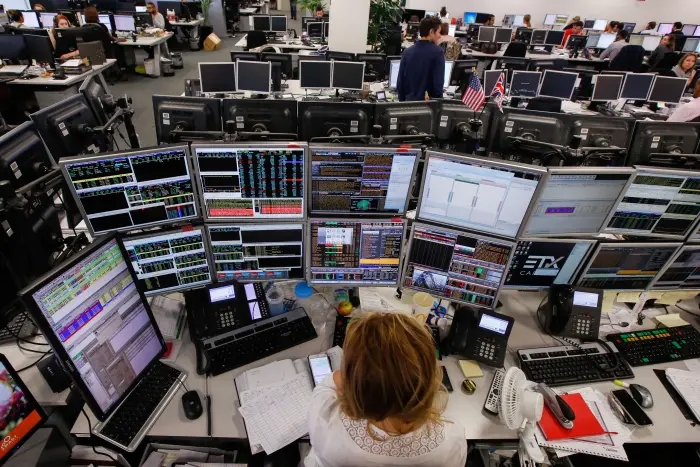
There hasn’t been much news overnight, with only second-tier economic releases, but that hasn’t stopped US Treasury yields continue their run higher, while US equities hit a fresh record high after the long weekend. Higher US real rates have supported the USD, seeing it make broadly based gains, with the NZD flirting with the 0.72 level.
US equities opened on a positive note after the long weekend, seeing a fresh record high print for the S&P500, before some selling pressure emerged and the index is now flat. Newsflow has remained light but the now well-established reflation trade continues to negatively impact the bond market, with the market focused on forthcoming US fiscal stimulus, rising debt issuance and the possible inflationary impact of over-stimulating the economy.
At its peak, the US 10-year rate rose 8bps, hitting 1.29%, a level not seen in a year. Some have attributed the move to the second-tier “Empire” survey showing rising selling price intentions, but other recent surveys have showed the same, being linked to the recent rise in oil prices. Thus, there’s little news here from where we sit. The recent rise in rates might have been exacerbated recently by mortgage-related “convexity” hedging – the higher rates go, the more hedging that needs to be done, which puts further upward pressure on rates.
For a change, most of the rise in the 10-year rate reflected a “real” increase, with the inflation-indexed bond up just over 5bps and the break-even inflation component up just over 2bps. Higher real rates have supported the USD, with the BBDXY index up 0.4%.
The reflation trade continues to support commodity prices. A number of base metals prices have surged to their highest level in a nearly a decade, including a sharp run-up in tin prices. Oil prices haven’t changed much after fresh highs were reached in the previous trading session. Dairy prices continue their strong run, with the latest GDT auction showing a 3.0% gain in prices, the seventh consecutive rise, driven by a 4.3% gain in whole milk powder. The price index is up some 28% over the past six month or so.
Despite the positive commodity price backdrop, commodity currencies have underperformed. The NZD has been one of the worst performing majors overnight (second to NOK) – although following a positive trading session during local hours – falling 0.8% to slip just below 0.72 at its low. The AUD is down 0.6% overnight to 0.7750. NZD/AUD traded higher through the Asian trading session to almost reach 0.9330, but that move has been completely reversed and the cross now sits at 0.9290. NZD/GBP has fallen to a three-month low of 0.5180.
EUR continues to trade in a mainly 1.21-1.2150 range, albeit slipping modestly overnight as the rise in Euro area bond rates couldn’t match the rise in US rates. Q4 GDP was revised up slightly to minus 0.6% q/q.
In other news, the FT reported that China is exploring limiting the export of some 17 rare earth minerals that are crucial for the manufacture of American F-35 fighter jets and other sophisticated weaponry. China controls about 80% of global supply. Analysts say that a potential downside of going down this route in addition to the negative political implications, would be encouraging other nations to accelerate their own production capacities, undermining China’s dominance of the industry. The report didn’t have much impact on the market but is a development worth monitoring.
Bitcoin traded above $50,000 for the first time, continuing its strong run. The crypto currency has been buoyed by increasing acceptance of it being an “asset”, even if some remain sceptical, to which we can add ECB GC member Maklouf, who compared the investment to the 17th century Dutch tulip craze. Some believe Bitcoin to be an inflation hedge, taking the shine off gold prices, which have trended lower and slipping below USD1800 per ounce.
The backdrop of higher global rates saw the NZ rates market trade heavy, with the 10-year bond rate up 6bps to 1.43%, its highest rate since the March spike last year. Bonds underperformed swap, with the 10-year swap rate up 4bps to 1.56%. The local economic calendar remained light, but we note that house price inflation has almost reached the 20% mark, with the REINZ house price index up 19.2% y/y in January – one area of success that the RBNZ has had in inflating the economy and something it will have to consider as it reassesses its monetary policy stance next week.
The key release tonight is US retail sales, expected to show a bounce-back in January after the significant weakness in December.

We welcome your comments below. If you are not already registered, please register to comment.
Remember we welcome robust, respectful and insightful debate. We don't welcome abusive or defamatory comments and will de-register those repeatedly making such comments. Our current comment policy is here.